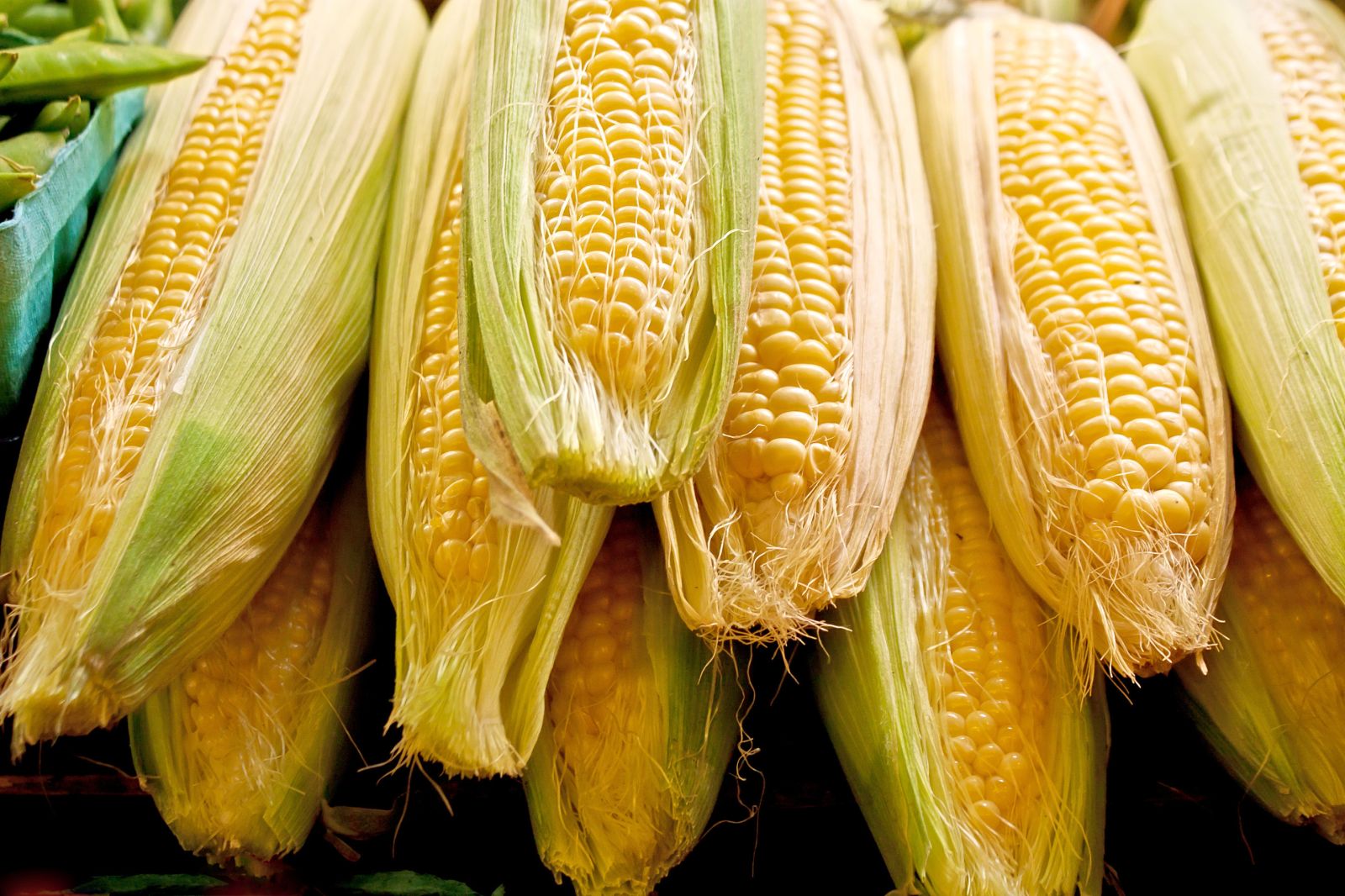
In a July 9 Barchart article highlighting the price action in the leading grain and oilseed markets, I concluded:
The bottom line is that grain and oilseed markets offer value at current price levels, which will only increase at lower levels over the coming weeks and months.
Over the first six months of 2023, corn fell 15.70%, soybeans moved 11.06% lower, and CBOT soft red winter wheat futures dropped 11.86%. The bearish price action continued, in the middle of Q3, with new crop corn, beans, and wheat prices under selling pressure. As the 2024 growing season approaches the harvest, ample supplies have weighed on prices. However, the grain and oilseed futures markets have moved to levels where farmers are suffering, and future production could decline, creating significant bottoms for the 2025 crop year. The USDA released its August World Agricultural Supply and Demand Estimates Report on August 12. The full text of the report is available via this link.
I reached out to Sal Gilberte, the founder of the Teucrium family of agricultural ETF products, including the CORN, WEAT, and SOYB ETFs, for his take on the August WASDE Report. Sal told me:
The August WASDE impacted grain markets on two fronts, corn and soybeans. The USDA projected an astounding record corn yield of 183.1 bushels per acre, but also increased demand and reduced planted acreage estimates that overall resulted in a very slight decline in projected corn ending stocks. That was enough for some of the large shorts in corn to cover, providing an up day for corn prices. It’s worth noting that corn prices have retraced more than 95% of their gains from when prices began to trend higher 4 years ago in August of 2020 and then peaked in the Spring of 2022 just after Russia’s invasion of Ukraine. Keeping in mind the fact that seasonally, spot futures corn prices have historically found support during peak harvest time around October 1, it’s little wonder that many traders are likely expecting corn’s 2 year bear market to come to an end very soon, which explains the short covering after this WASDE report.
As for soybeans, the markets were surprised with the large projected increases in yields, harvested acres, and carry outs. Soybeans prices declined across the board as a result. With soybean prices now below or very near the $10/bu price area, caution is warranted for existing shorts. As an aside, projections for the global wheat balance sheet continue to project usage outpacing demand, resulting in the lowest global ending stocks in the last ten reporting years. Global wheat usage is projected at an all-time record high.
While there is nothing in the grain markets that would at this time suggest the beginnings of a bull market, historical price charts show limited downside from this point forward in corn and soybeans, with wheat prices unsurprisingly elevated in relation to corn and beans due to its tightening global balance sheet.
The grain and oilseed futures markets remain under pressure as the fall harvest approaches.
Corn remains in a bearish trend
After trading within pennies of the 2012 all-time high in April 2022, CBOT corn futures prices have tanked.

The long-term chart shows that after corn futures came within 16.75 cents of the record 2012 peak, the price has more than halved to below the $4 level on the new crop December 2024 corn futures contract.

The forward curve out to the end of 2027 shows that while prices are in contango, where deferred prices are higher than nearby prices, they are below the $4.65 per bushel level out to late 2027.
While corn remains in a bearish trend, the current price level assumes ample supplies to feed and fuel the world over the coming three years, which could be a leap of faith.
Beans fall below $10 per bushel
CBOT soybean futures, like corn fell just short of a record high in June 2022.

The chart illustrates soybean futures came within 10.75 cents of the 2012 $17.9475 September 2012 high in 2022. The new crop November soybean futures have declined to under $10 per bushel in August 2024.

The forward curve out to late 2027 shows that while prices are in contango, they are below the $10.55 per bushel level out to November 2027.
While soybean futures remain in a bearish trend, the current price level assumes ample supplies. Corn is the primary ingredient in ethanol, and soybeans are required for biodiesel production. As the demand for alternative and renewable energy increases, the current prices reflected in the forward curves could be a leap of faith.
Wheat prices are near the lows
Wheat is one of the world’s most political commodities as it is the primary ingredient in the bread that feeds the world.

While corn and beans fell short of the 2012 record high in 2022, the CBOT soft red winter wheat futures eclipsed the 2012 peak, rising to $14.2525 per bushel. With new crop September CBOT wheat futures prices below $5.30 per bushel, they are nearly one-third the price at the 2022 high.

The forward curve shows prices below $6.35 per bushel out to mid-2027. With prices below half the level at the 2022 highs, the current sentiment reflects the lack of wheat supply concerns over the coming years.
Wheat could be the first to bottom for one compelling reason
Agricultural commodities depend on Mother Nature’s cooperation, as the weather conditions across the world’s growing regions are the primary factor in annual supplies. Moreover, producers must keep pace with the rising demand as the world’s population grows. Each year, more mouths to feed and lives to power require more corn, soybeans, and wheat.
Wheat presents a special case in the current environment, as Russia and Ukraine are leading world wheat producers and exporters.

The chart shows Russia and Ukraine produced 11.5% of all the world’s wheat from 2000-2020.

The chart shows Russia was the top wheat exporting nation, with Russia and Ukraine accounting for 21% of the world’s 2023 exports.
The ongoing war in Ukraine threatens supplies from Europe’s breadbasket. Moreover, the Black Sea Ports, a critical logistical hub for grain exports, remains a war zone in 2024. The conflict could impact wheat production and distribution channels over the coming years. Supply concerns support global wheat prices at the current price levels.
ETF products that track a portfolio of the CBOT futures
The most direct route for a risk position in corn, soybeans, and soft red winter wheat are the highly liquid futures and futures options on the CME’s CBOT division. The Teucrium ETF products in grains and oilseed markets invest in a portfolio of three liquid futures contracts, excluding the nearby contract, to mitigate roll risks.
- At $17.52 per share, the Teucrium Corn ETF (CORN) had $57.128 million in assets under management. CORN trades an average of over 53,300 shares daily and charges a 0.25% management fee.
- At $21.31 per share, the Teucrium Soybean ETF (SOYB) had $23.698 million in assets under management. SOYB trades an average of over 40,400 shares daily and charges a 0.24% management fee.
- At $4.94 per share, the Teucrium Wheat ETF (WEAT) had nearly $133.8 million in assets under management. WEAT trades an average of over 674,000 shares daily and charges a 0.22% management fee.
The Teucrium products tend to underperform the grain and oilseed futures on the upside since most of the price volatility is in the nearby contracts. The nearby contracts display the most price variance as speculators tend to flock to the active month contract when significant trends develop. Meanwhile, the CORN, SOYB, and WEAT ETFs often outperform the nearby futures when prices decline.
Corn, soybean, and wheat futures have been in bearish trends since the 2022 highs. While the prices continue to fall, they are at levels where production is becoming uneconomical. The cure for low commodities prices is always those low prices as production slows, inventories begin to decline, and prices find bottoms. At under $4 on corn, below $10 on beans, and below $5.50 on CBOT wheat, the futures are at levels where the downside could be limited. However, the end of the 2024 crop year is on the horizon with ample supplies. While prices may stop dropping, the markets may have to wait until 2025 to recover. A consolidation period could be on the horizon, making buying dips an optimal approach over the coming months.
On the date of publication, Andrew Hecht did not have (either directly or indirectly) positions in any of the securities mentioned in this article. All information and data in this article is solely for informational purposes. For more information please view the Barchart Disclosure Policy here.






